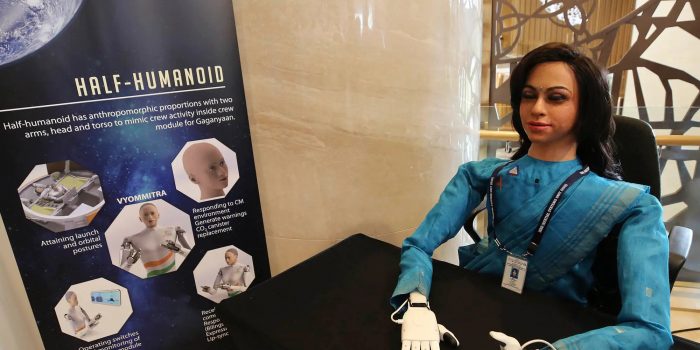The Indian Space Research Organization (ISRO), having showcased its technological prowess with a successful soft landing near the Moon’s South Pole, is now poised to embark on a series of bold ventures that have long been in the pipeline.
Among these upcoming missions is the Aditya L1 project, a groundbreaking space-based observatory that aims to study the Sun, our host star. Scheduled for launch on September 2, Aditya L1 represents India’s foray into solar research from space, offering insights into the Sun’s behavior and its impact on our solar system.
Gaganyaan, a highly anticipated endeavor, stands out as India’s inaugural human spaceflight mission. Initially planned for a 2022 launch, the mission’s timeline was postponed due to the global COVID-19 pandemic, with a new projected launch year 2024. This ambitious undertaking aims to send Indian astronauts into space, marking India’s significant leap into crewed space exploration.

An intriguing prelude to Gaganyaan’s human spaceflight mission involves an unmanned flight featuring Vyommitra, a humanoid robot with a distinctly human appearance. Vyommitra was first unveiled at the ‘Human Spaceflight and Exploration – Present Challenges and Future Trends’ event in 2021, held in Bengaluru, India. While not possessing legs, this humanoid boasts the ability to bend forward and sideways.
Vyommitra’s capabilities extend beyond its physical attributes, as it is equipped to perform a diverse range of tasks. Its functionalities encompass alert systems, life support procedures, switch panel operations, and module parameter monitoring. Moreover, the humanoid is programmed to interact with humans, respond to inquiries, and conduct experiments as required. Vyommitra’s role involves replicating human functions within the space environment and interacting with the life support system’s parameters.
The forthcoming Gaganyaan mission is primarily geared towards demonstrating advanced technologies. This endeavor will dispatch three Indian astronauts to a 400-kilometer orbit around the Earth, where they will engage in various experiments during a mission lasting between three to seven days. The mission will culminate with a safe return to Earth, involving a landing in the Indian Ocean.
However, achieving these aspirations entails surmounting numerous engineering challenges. The Gaganyaan mission necessitates the development of critical technologies, including a human-rated launch vehicle capable of safely transporting crew members to space. Furthermore, crafting a life support system that recreates an Earth-like environment for the crew during their space vacation, along with provisions for crew emergencies and training, constitutes a formidable task.
ISRO’s remarkable lunar landing near the South Pole reflects its relentless pursuit of celestial frontiers. With missions like Aditya L1 and the impending Gaganyaan human spaceflight, ISRO continues its trailblazing journey, driven by cutting-edge technology. Moreover, the debut of Vyommitra epitomizes ISRO’s innovative spirit, ushering in a new era of space exploration.


